I don't know where I have to ask this question, I just want to know what is the difference between Inner Join and Inner Remote Join ?
I have just tried implemented both joins like below:
With Remote Inner Join
SELECT P.CompanyName,u.UserName from tb_Offices AS P
INNER REMOTE JOIN
tb_Users AS U
on P.UserId=U.UserId
With Simple Inner Join
SELECT P.CompanyName,u.UserName from tb_Offices AS P
INNER JOIN
tb_Users AS U
on P.UserId=U.UserId
Both Queries returns same kind of records.
Then I tried run with Execution plan that is :
With Remote Inner Join I got :
and with simple Inner Join I got :
I am not so much friendly with SQL Execution Plan.
I just wanted to know which is better between Inner Join and Inner Remote Join.
Thanks


